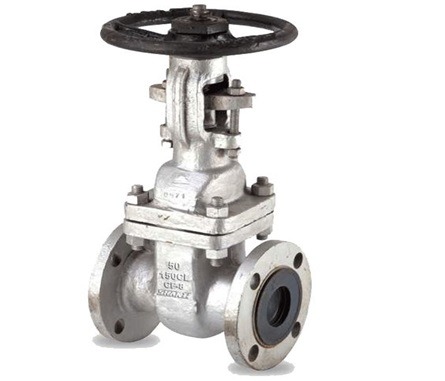Valves come in different shapes and sizes, intended to serve different purposes. They are used in fluid or gaseous handling applications for initiating or halting flow, controlling or throttling flow, avoiding backflow, and relieving and regulating pressure, among other things. China ball valves, butterfly valves, check valves, gate valves, etc., are among the common types of valves. Valves are used in both commercial and residential settings.
Steel is made by combining iron and carbon. It’s sturdy, strong, and solid. Steel valves are durable, last longer, and are highly resistant to corrosion and sulfides.
But, valves can perform to their fullest potential only if taken care of. They need timely maintenance to keep functioning without any problems. Proper valve maintenance can significantly increase the valve’s life without too much cost.
It’s also not too difficult to maintain valves or steel valves in general. Here are some tips that can help you through the process of maintaining valves –
Clean the area
If not sooner, clean your valves in at least a year. It’s a quick and super-easy way to extend the life of the entire system. If the area around the valves is dusty, oily, or dirty, you should clean them more often. The elimination of all traces of oils, grease, dirt, and other pollutants is the common denominator for all cleaning standards.
Depending on the type and location of your valve, you will either need a tower to wipe away the dust or a wired brush for more consolidated dust. Cleaning the valves correctly sometimes takes more than just a wipe.
Fortunately, excellent standards exist to assist valve assemblers and technicians through the cleaning procedure. Valve cleaning instructions are usually included with the valve, or you may look them up on the internet.
Scrubbing, ultrasonic cleaning, pressure blasting, and sandblasting are among the other recommended procedures.
Inspect your equipment routinely
Not always do you need to clean your valves; sometimes, you can just take a look at them to find any visible issues. Firstly, see if you can find any leaks or any evident signs of corrosion, rust, etc. Try closing and opening the valve to see if they are functioning smoothly. Make sure all the small parts in place are tight.
Examine the substance flowing through the valves for pressure and temperature, as well as if the valves are intended to handle that pressure. Overstressing valves is not a good idea. Accidents can occur when a valve is pushed beyond its limits. If any issues are identified, they should be addressed right away. If a valve is damaged beyond repair, it should be replaced. A simple inspection of valves can increase their life by years.
Planned yearly maintenance
Valves are highly used in all industries involving machinery. Valves, although small in small, are responsible for keeping everything working. Over time, valves get prone to mineralization, rust, corrosion, etc.
After a certain amount of time, a large number of valve parts must be changed. Valves in large industries and factories, in particular, are continuously functioning under high pressure and in extreme temperatures. Valve maintenance should be done on a regular basis, and the best time to do so is during yearly plant shutdowns. Professionals can be hired to inspect all components and, if necessary, make adjustments.
Lubricate
Lubricating awards can go a long way. After being in constant use for long periods, valves can get seized. Lubricating or greasing them prolongs their overall lasting period by reducing damage caused to them. When lubricating, make sure the lubricating solution reaches the main parts of the valve.
You also need to choose the ideal lubricant based on the valve type that you are using. Apart from this, lubricants also come in a wide variety depending on the purpose you want them to serve. Choose the right kind of lubricant to keep the system running smoothly.
Conclusion
‘Prevention is better than cure’ cannot be more accurate than in the case of valves. Valves make possible the functioning of giant machines while only needing minimal maintenance to perform efficiently.
People often forget to add valves in preventive maintenance checks. It wouldn’t come as a surprise to anyone that routine inspections can considerably add to an equipment’s life.
The same goes for valves. Routine maintenance can increase their performance and ensure a longer life. On the other hand, not paying enough attention to the condition of valves now and then can lead to a sudden halt and, in some cases, huge mishappenings.
Basic routine maintenance is all that is required to avoid all of this. Keep in mind the type of valves you have, their physical characteristics, specifications, and pressure and temperature keeping capabilities, and take the necessary precautions.
One of the fundamental steps is to clean the surface dust using a towel or wire brush or other products, as and when needed. Other steps include inspecting the valve for any visible breakage or leaks, taking necessary action, scheduling yearly checks, and using lubricants to grease up the valves to increase their performance.
One of the cheapest and easiest methods to extend the life of your valves is to follow the preventative maintenance measures discussed above. So keep these in mind the next time you schedule a maintenance check!
